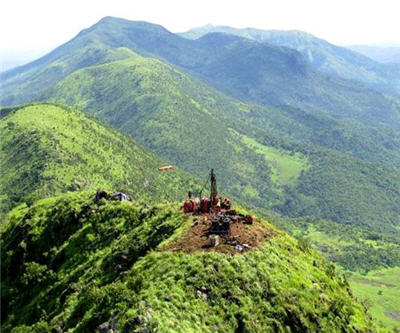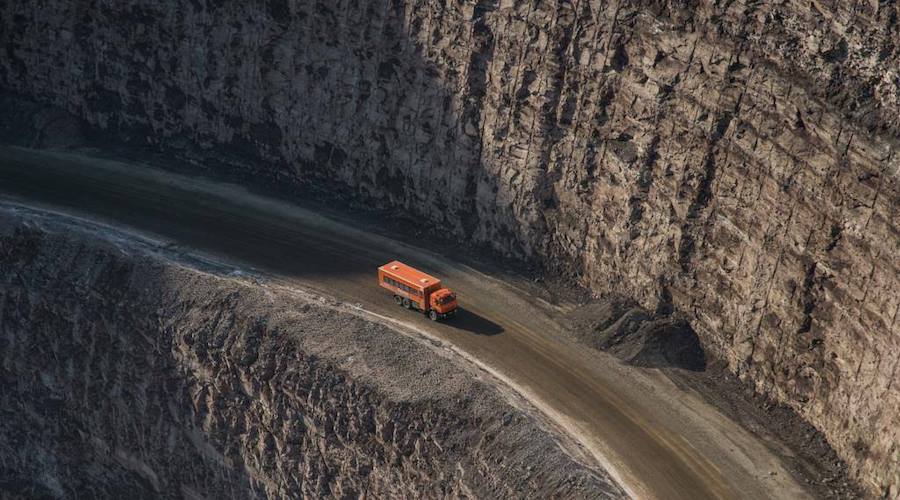Guinea’s efforts to attract investors by reforming mining code lack teeth: report

Some of Guinea’s most renowned anti-corruption activists are saying that no matter how hard the government is trying to shake the country’s corrupted image, the results of the ongoing probe on 18 mining contracts —allegedly obtained through bribery— depends on the goodwill of the companies affected.
In an in-depth article on the matter, The Guardian outlines what is behind the battle over one of the world’s richest iron ore deposits, the Simandou mountains, and how the reforms to the country’s mining code are a key tool for Guinea to lure foreign investors.
Alpha Condé, the current president of Guinea, came to power in 2010 vowing to fight corruption in the West African nation, which is one of the poorest in the world despite being rich in natural resources.
In April, he created a committee to re-evaluate all 18 mining contracts granted at Simandou and make recommendations for some to be renegotiated. However, the probe has come under criticism from all sides.
Mining companies are closely watching the criminal investigation of BSG Resources, accused of using bribery to obtain concessions, and according to The Guardian, those firms “are nervous about the prospect of scrutiny and dubious about being asked to renegotiate legally binding contracts.”
Anti-corruption enthusiasts are similarly pessimistic about the probe, as they think the process is more “symbolic” than anything else.
“It is really about setting the tone for the future governance of Guinea. But it is important that these messages are sent now, so that any future government can build on them,” Olivier Manlan, principal economist for Guinea at the African Development Bank, was quoted as saying by The Guardian.
The Simandou concessions case has been described as the corruption deal of the century. It basically aims to explain how Guinea lost out on billions when less than five years ago the former dictator of the country gave away rights to half of the iron ore deposit, said to be worth as much as $50 billion, days before he died.
Read more at the Guardian.
Image courtesy of Rio Tinto Simandou
{{ commodity.name }}
{{ post.title }}
{{ post.date }}




Comments